A lot of people daydream about starting their own garden. Whether it’s in your yard or in containers on your deck or windowsill, the idea of growing fresh vegetables and fruits seems like a delightful use of your property and time. It’s also a potential budget boon, as growing your own food can be a lot cheaper than paying for food someone else has grown, harvested, and trucked to your area.
So what stops us all from having majestic victory gardens in our back yard? Gardening just seems like a lot of work, honestly. And too many of us have had the bitter experience of trying to keep a houseplant alive only to see it defiantly wither away into brown sludge. It’s easy to assume that a successful garden requires all of your time and possibly a Ph.D. in organic chemistry.
But that doesn’t have to be the case. Yes, gardening will always require some time and effort, but there are actually quite a number of vegetables and fruits that grow very easily — and very prolifically. If you’re planning a beginner’s garden and want to see relatively easy results, try these 14 easy bumper crops.
Radishes
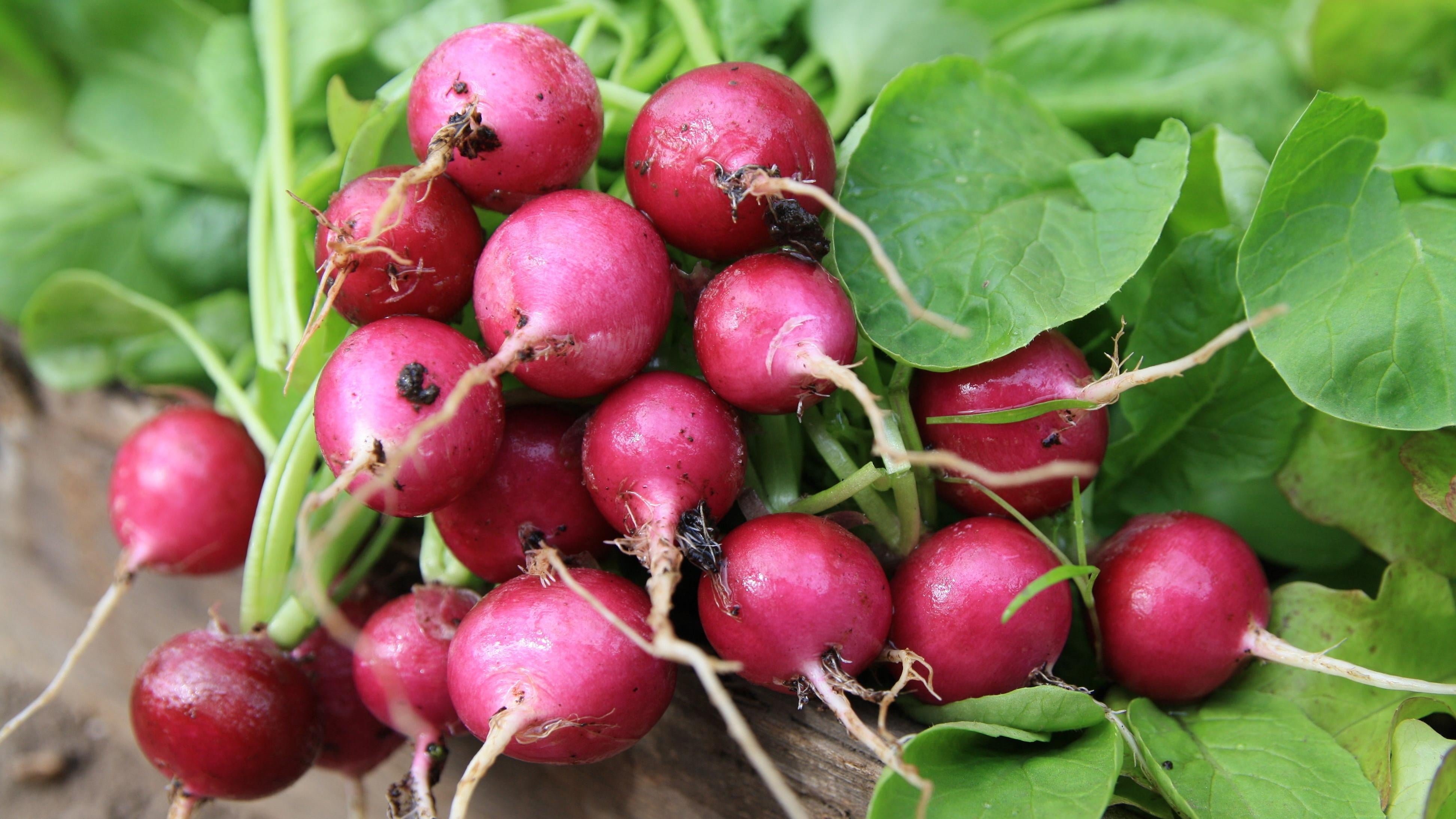
What’s great about radishes is they make do with whatever soil you have to work with, and they grow incredibly fast — literally in three to four weeks. An ideal cool-weather crop, plant radishes in the early spring or autumn and then plant again every two weeks or so a few times. This will ensure you have delicious bulbs starting in just a few weeks and continuing for weeks afterward. This guarantees you’ll be enjoying the surprisingly flexible vegetable all summer and winter long. One thing to keep in mind is that the easiest (and possibly the only) way to screw up radishes is to forget to harvest them, letting them get tough and “woody.” Grab those crops early and often.
Lettuce
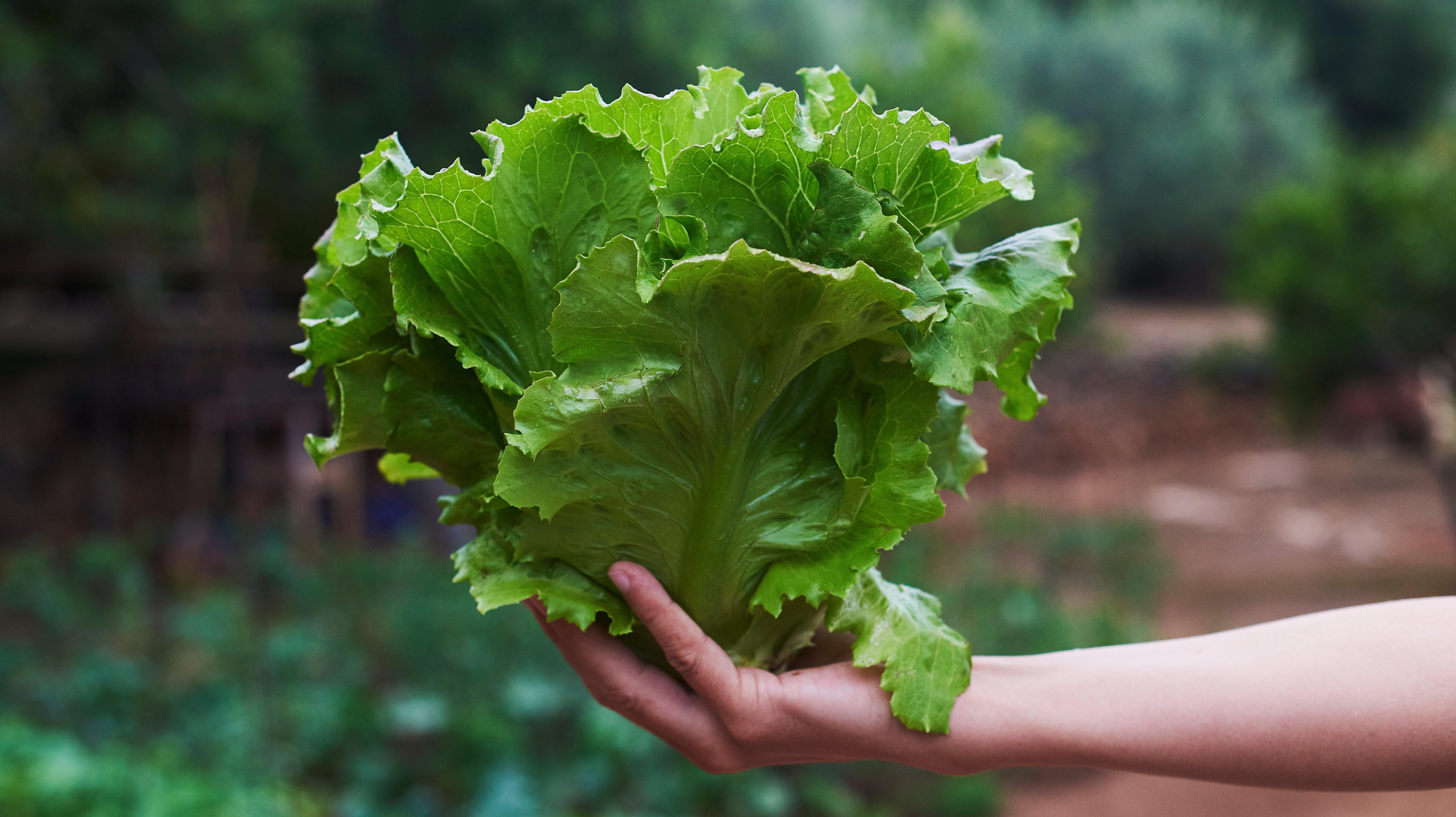
All garden greens (including spinach and arugula) grow very easily — and very quickly — but lettuce is probably the easiest. A cool-weather crop, just plant your seeds in the spring and autumn, water them regularly, and in about 4 weeks you’ll have gorgeous baby lettuces popping up, ready to eat. Doing additional plantings every two weeks will ensure you have several crops so your salads are full for months to come. Lettuce doesn’t like heat and sun, so if you can plant your seeds in a shady spot you’ll have better outcomes. Luckily, lettuce doesn’t need much attention.
Green beans
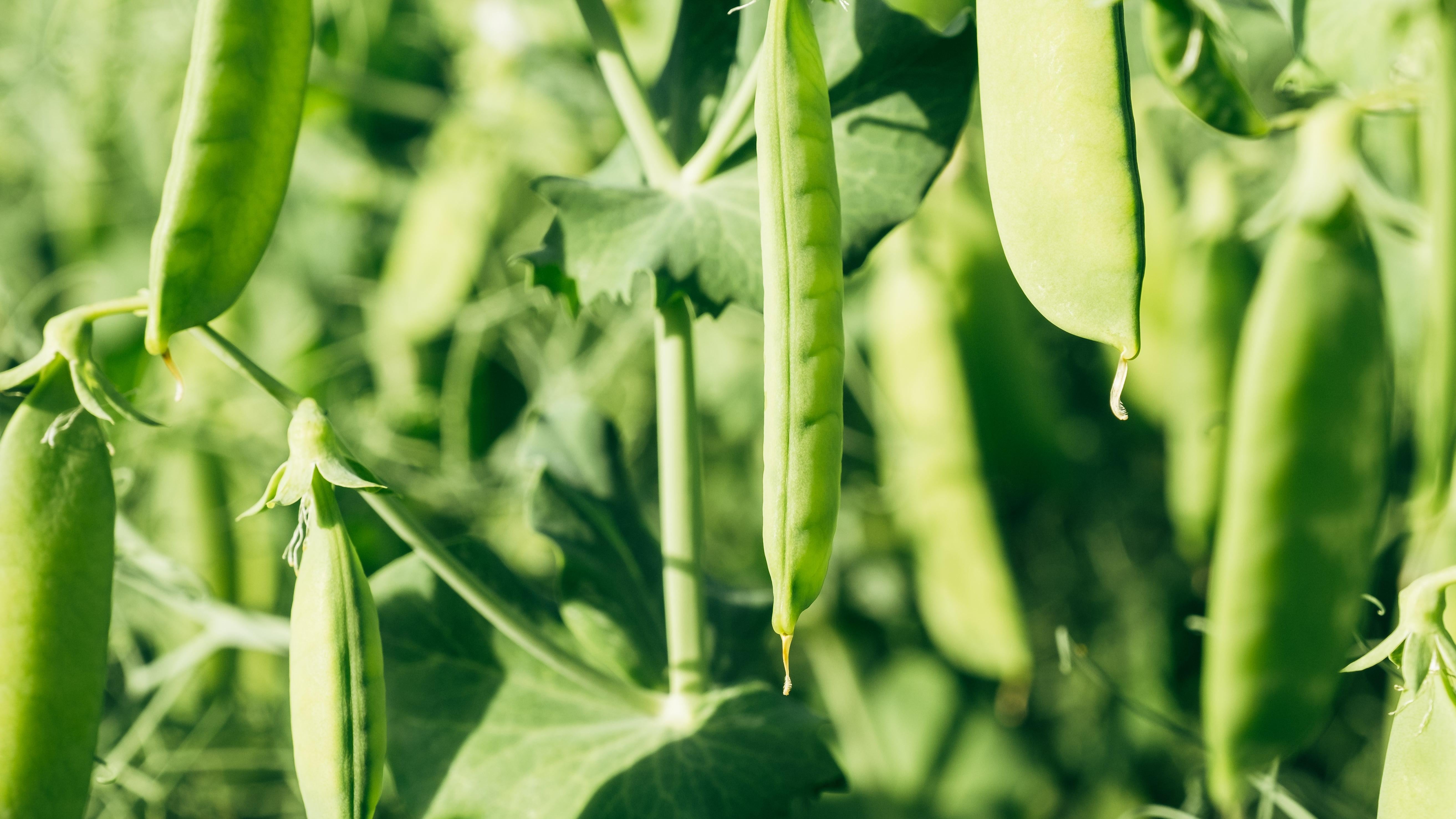
Green beans are not only delicious, but they store well. They can be frozen or pickled, so if your bumper crop of green beans is a little too bumper (which can certainly happen, as they’re easy to grow) you don’t have to mulch them. Beginners, look for a bush variety instead of a pole variety, as they require less infrastructure. Plant them in the warmer weather after any risk of frost has passed, water every day for a week and then switch to every two to three days. In about two months you’ll be able to start harvesting. If you keep harvesting, the plant will keep producing.
Onions
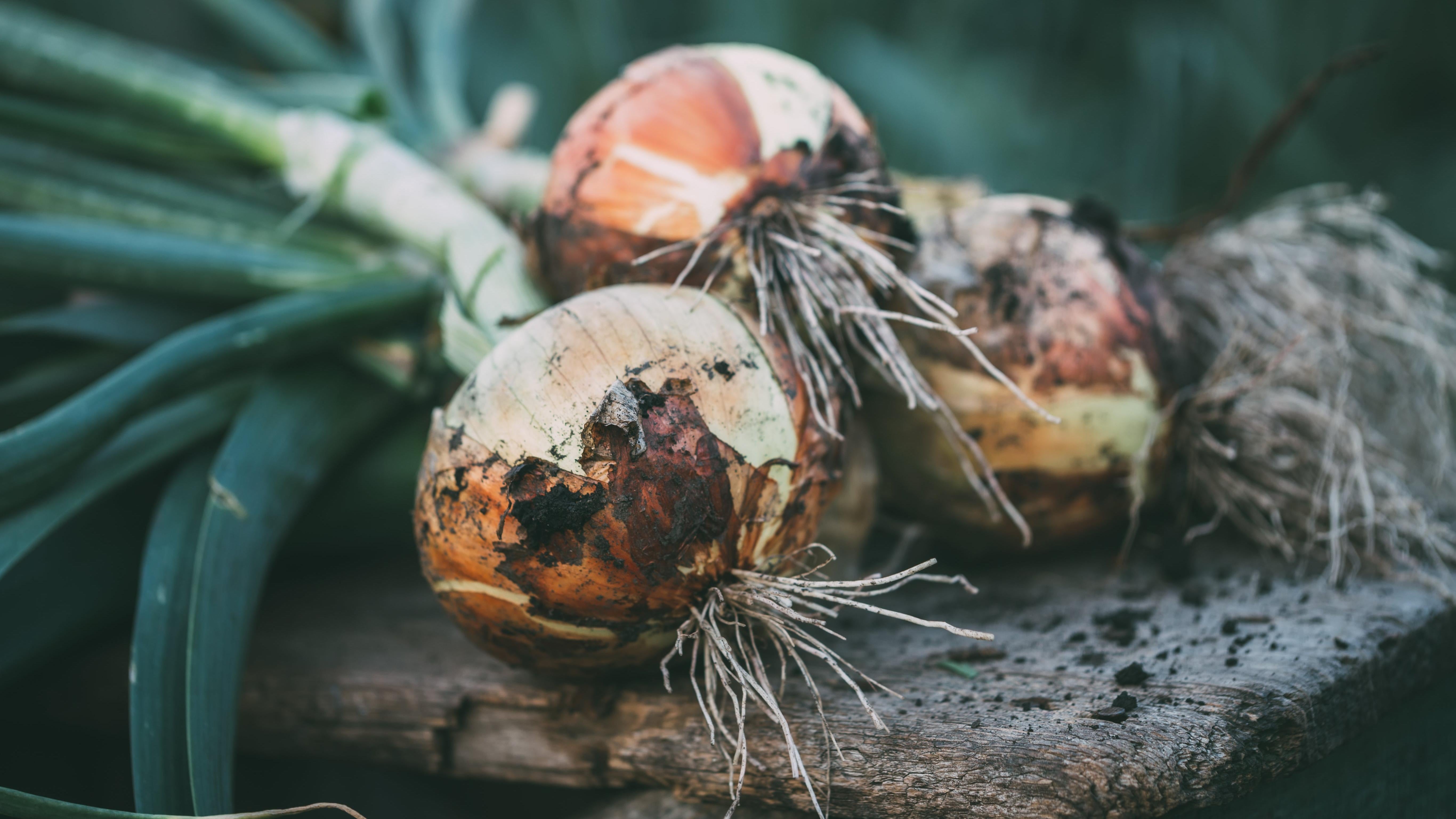
Onions are incredibly useful in the kitchen, and incredibly easy to grow. You can either buy dormant bulbs, which will mature faster, or start with seeds. Plant them in early spring, pretty much as soon as the soil is thawed and workable, then keep the soil damp at all times with regular watering. You’ll get results in just a few weeks, and there are two huge advantages to growing onions: You can eat them at just about any stage, so once you have some tiny bulbs you can go ahead and enjoy. If the bulbs for some reason fail, you can cook and eat the greens as well, so there’s no way to actually screw this up.
Strawberries
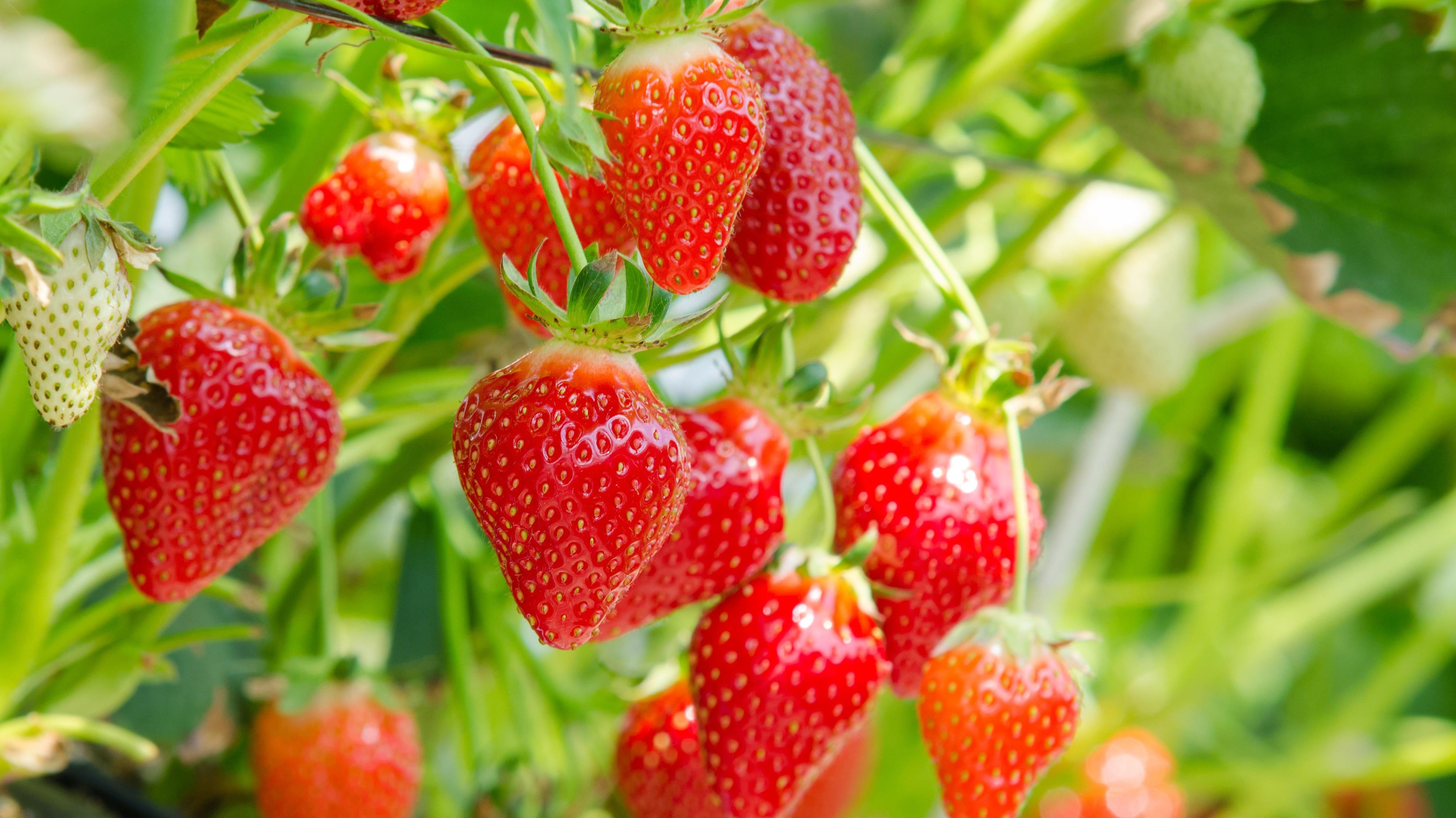
Hardy and durable, strawberry plants are very easy to get going in your garden and don’t require much by way of care. The simplest thing to do is purchase bare-root plants from a nursery, as they’re incredibly cheap. Plant them in a sunny spot in the spring and about three weeks later you’ll see them producing fruit — but don’t let them. The one drawback of strawberry plants in your garden is that for best results going forward you’ll want to pinch off the blossoms the first year. This encourages the plant to build up its root system, which will ensure its perennial survival. Wait a year, and you’ll be absolutely buried in strawberries.
Banana peppers
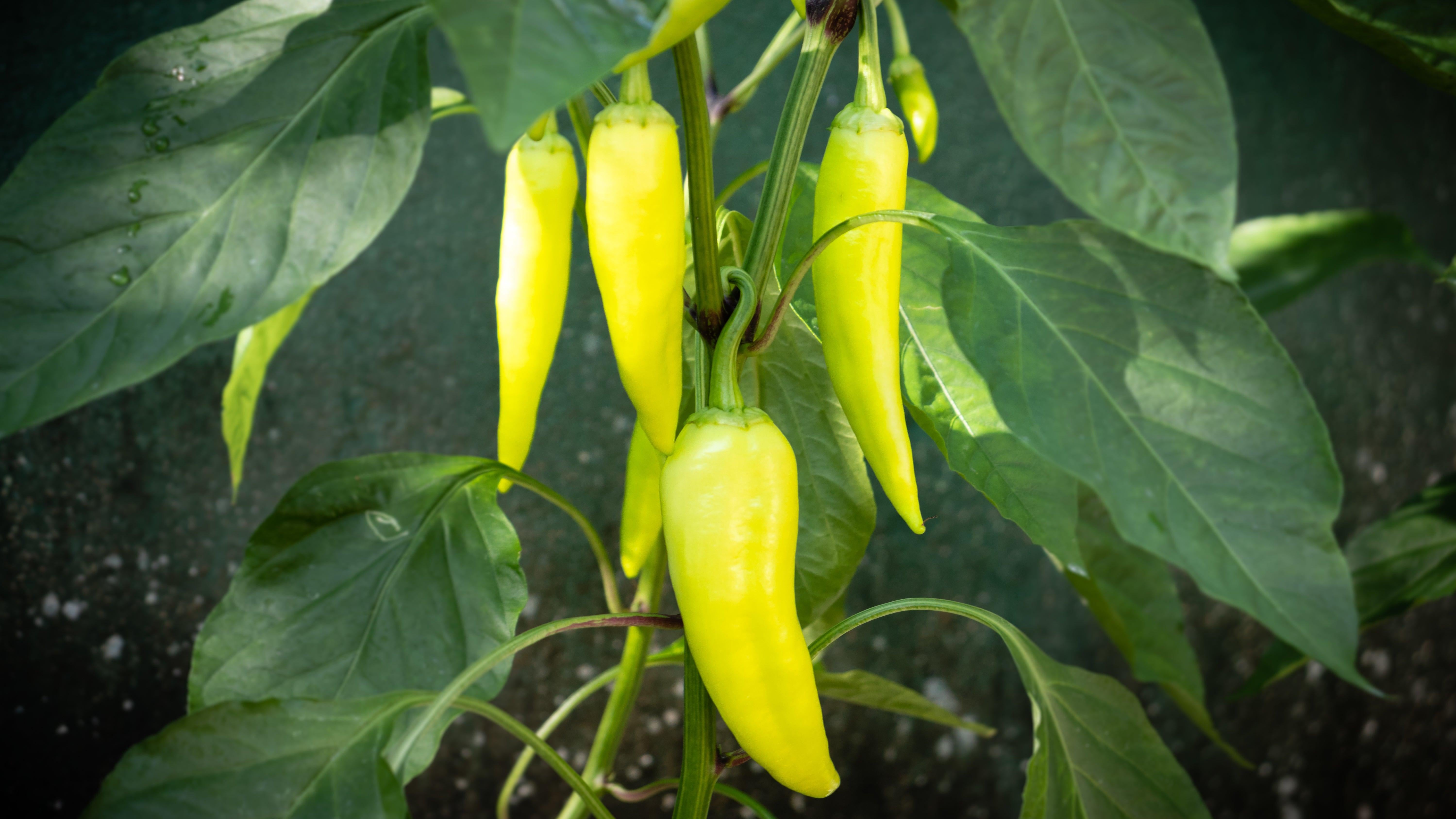
Pepper plants in general are very easy to grow in any garden, but many pepper varieties don’t do well in extreme temperatures. If your area sees those kinds of temperature swings, you can wind up with a lot of pepper plants but no actual peppers. Banana peppers are the exception: They don’t mind temperature fluctuations much, so you’ll have plenty of peppers no matter what you do. Choose how hot or sweet you’d like your peppers to be (or do a mixture) and start the seeds indoors in pots about three to four months before you plan to move them outdoors. When the risk of frost is done outside, transfer the seedlings to a sunny spot in your garden outdoors. In two to three months, you’ll have peppers to enjoy to your heart’s content.
Bush zucchini
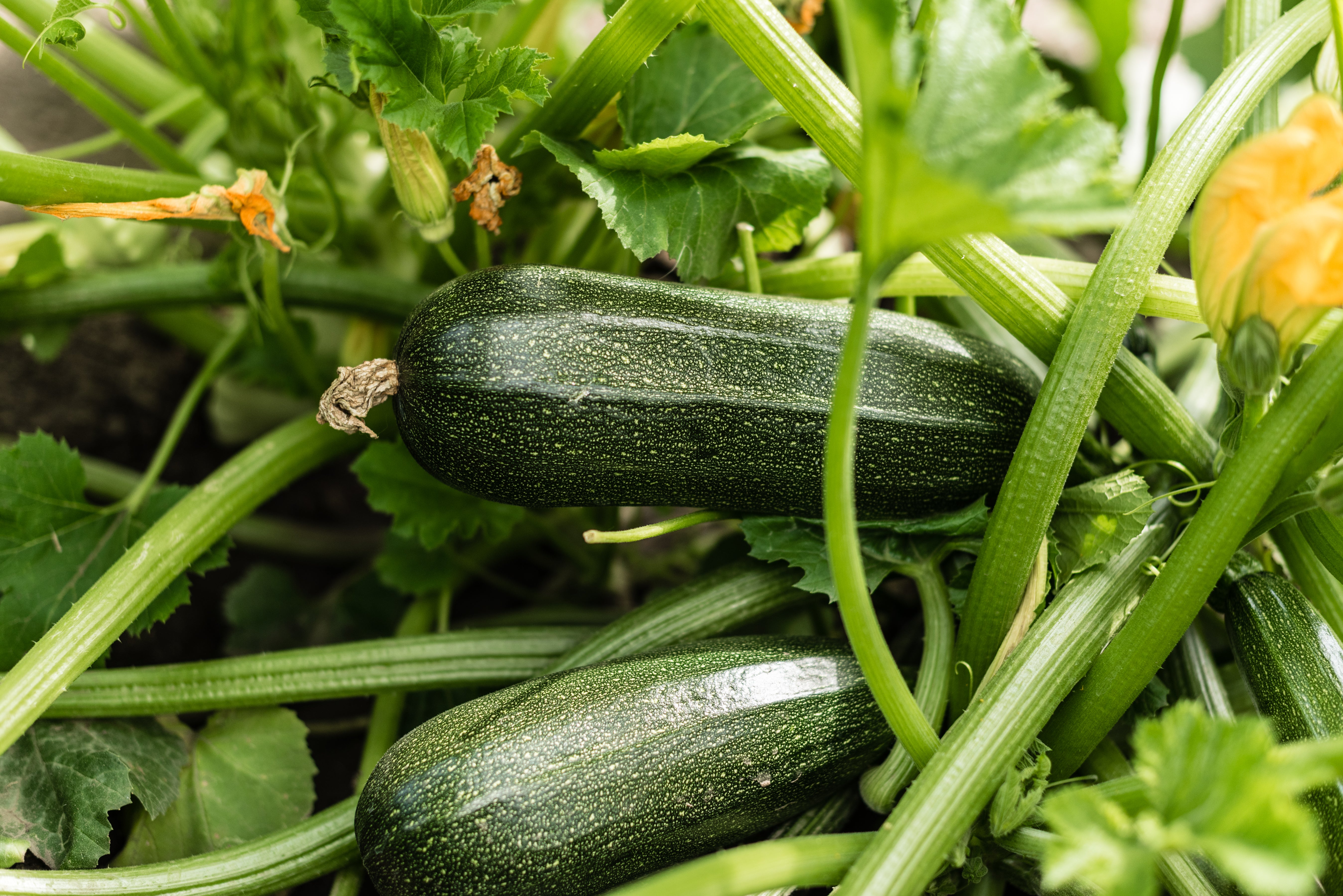
Like all squash, bush zucchini is incredibly easy to grow — and each plant will produce a lot of zucchini, so be conservative unless you want to dedicate your life to figuring out the many ways you can cook it. Once a plant begins producing, you’ll need to harvest every single day, no joke. Zucchini likes a lot of sun, so choose a sunny spot and plant in the spring when temperatures are consistently above 20 degrees. Zucchini likes to be fertilised, but as long as you water the soil around each plant regularly you’ll do ok. But seriously: Be ready for a lot of summer squash in about two months.
Tomatoes
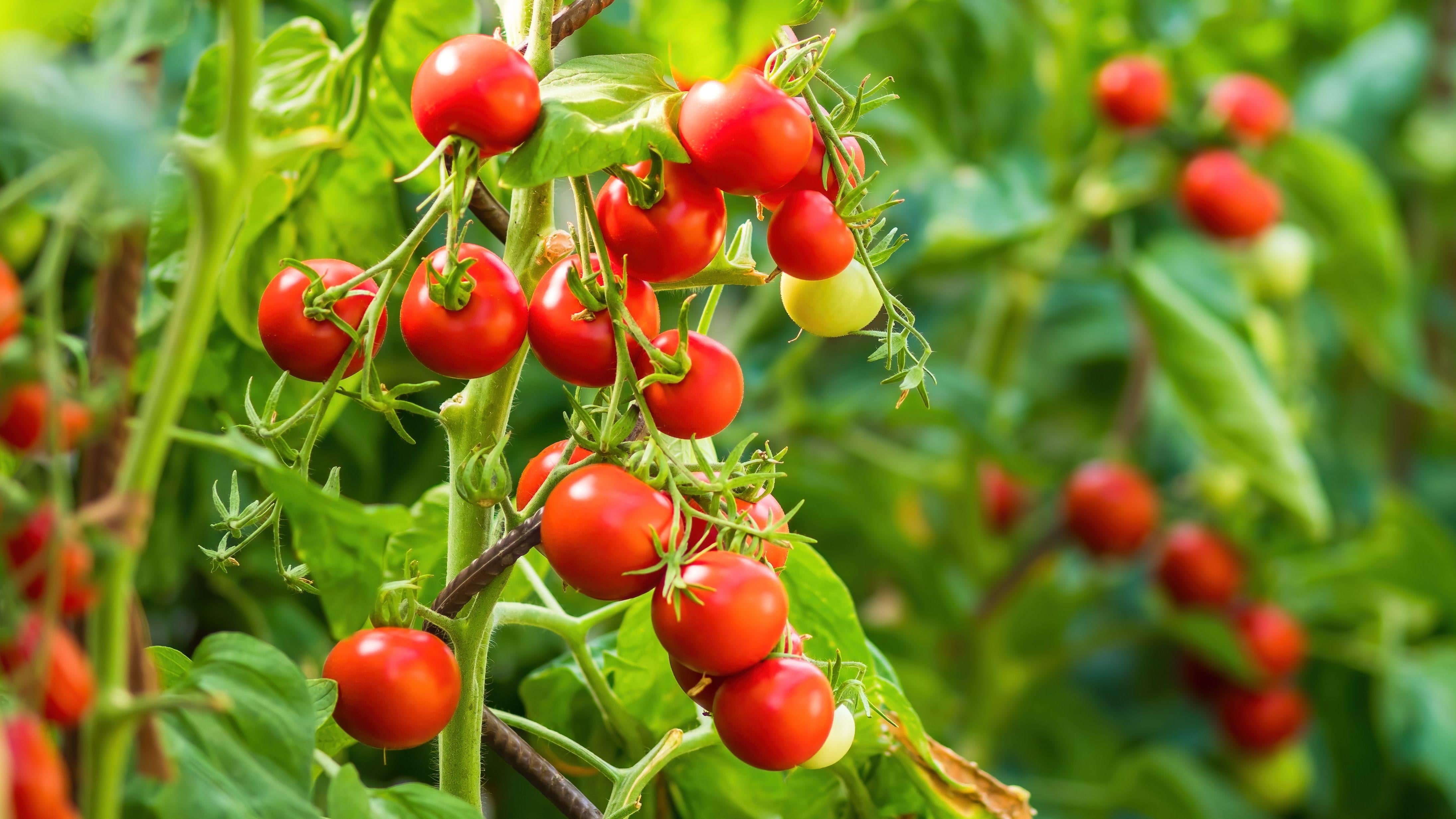
If you know someone obsessed with their tomato plants, you might be under the impression that tomatoes require several advanced degrees and a disturbing level of passion to grow, but this isn’t the case. Tomatoes can be very easy to grow if you choose a bush cherry tomato variety that grows along the ground. Wait until spring has warmed up a bit and there’s no chance of frost, then plant your seeds or seedlings. Tomatoes like to be fed, so you should fertilize regularly, and they love the sun, so make sure they’re in a bright spot. It will take a few months, but you’ll soon see lots of ripening little tomatoes in your garden.
Basil
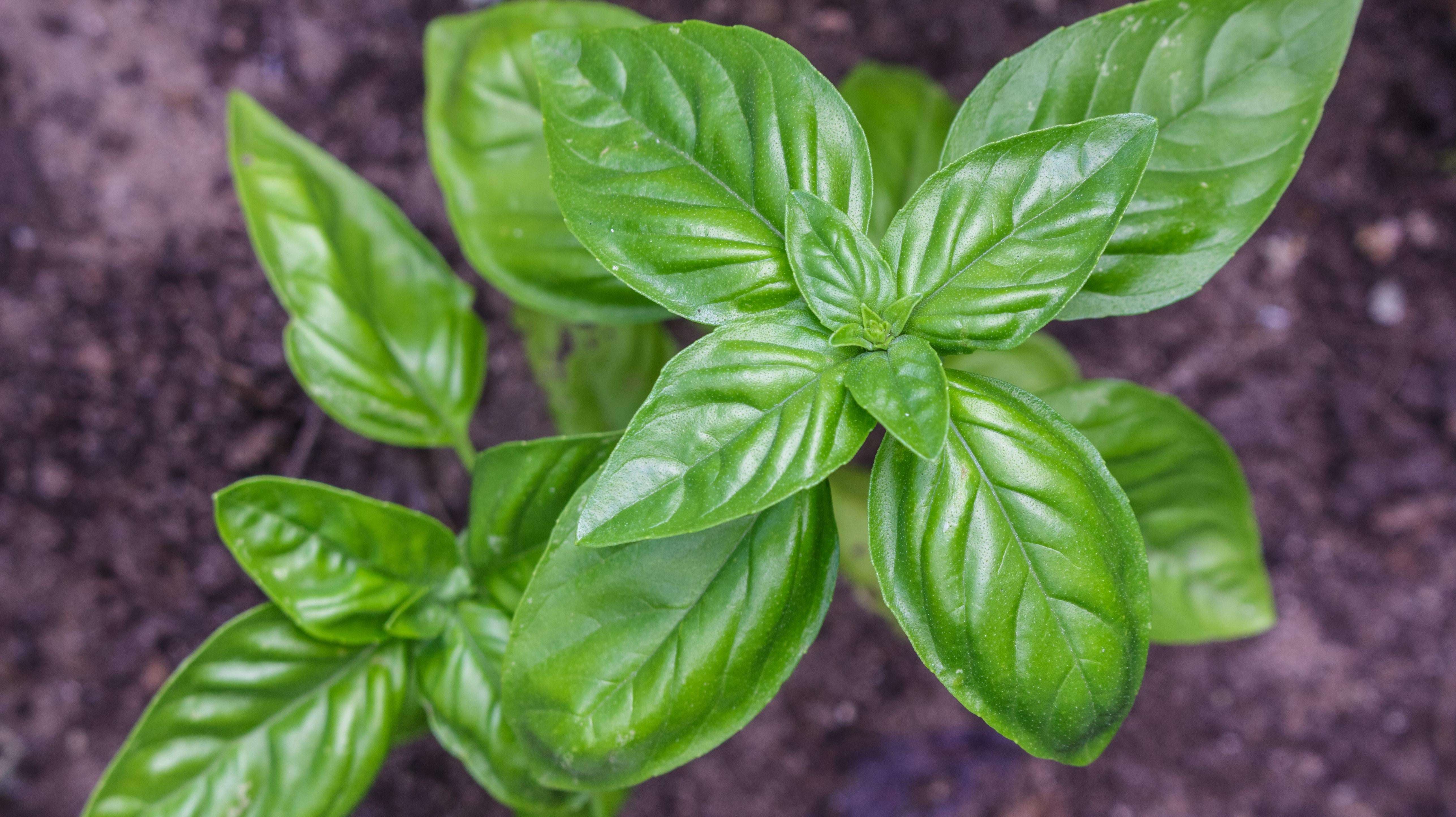
Basil is a flexible herb that complements a lot of the veggies in your garden — and it’s simple to grow. Plant basil seeds about two weeks after the last frost in a spot that will get plenty of sun. Water regularly, and then go relax for about three to four weeks. As the weather warms up, your basil plants will start to go gangbusters, and you can begin plucking the leaves at any time after that. Once your plants are established, basil will be extremely durable and tolerant of a lot of indignities, making it very easy to maintain a steady supply.
Potatoes
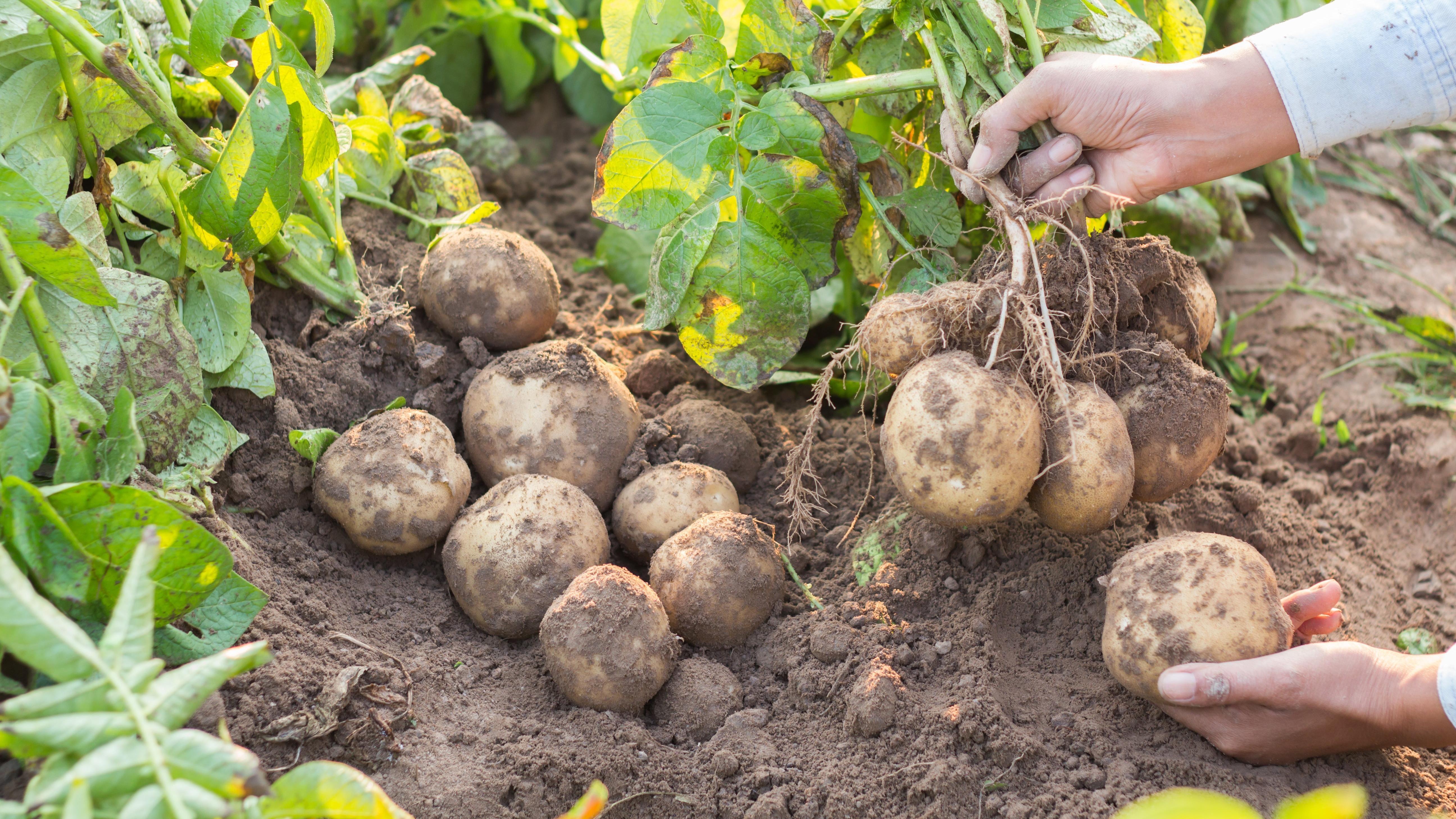
There’s are reasons Sam Gamgee’s favourite food has been a staple around the world for thousands of years: it’s super easy to grow, it’s incredibly nutritious and flexible in the kitchen, and it stores well. Pick a spot that will get plenty of sun and pre-fertilize the soil. Then go buy or make some seed potatoes and cut them up (make sure each piece has at least one eye), plant them about three weeks before the last frost (if planting for the fall, mid-August is usually the right time to plant), and keep them well-watered. About two to three months after planting you should see the tops of the plants dying off, indicating it’s time to grab them tubers.
Kale
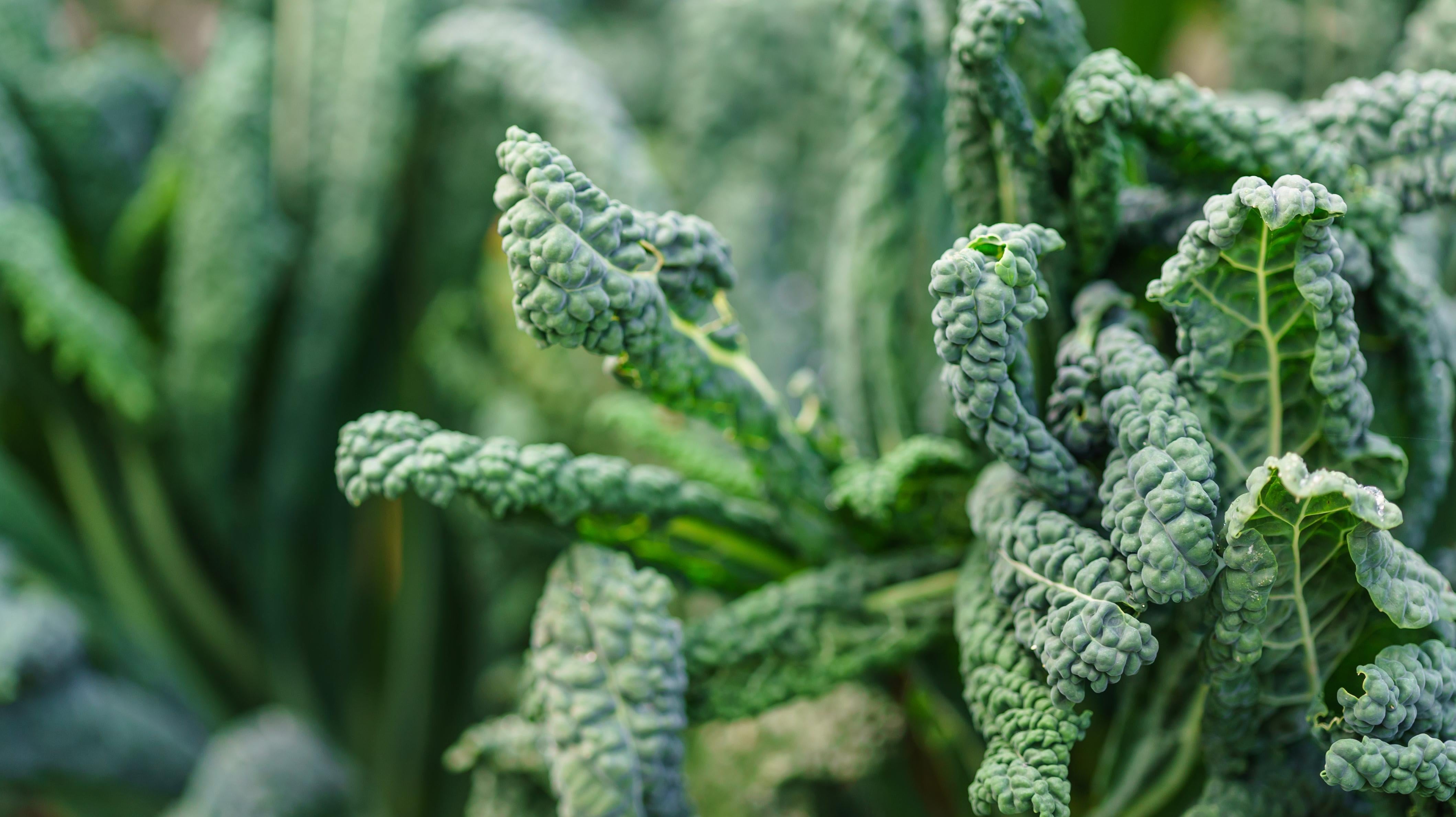
The world’s healthiest and most-mocked vegetable is incredibly easy to grow in your garden. It’s a cool-weather crop, so it can keep powering your recipes when others have gone dormant, and you have a choice between harvesting immediately for sweet, tender leaves or letting it mature a bit more for a more robust flavour. Plant in the early spring or autumn — full sun is best, but kale will muddle along in the shade if necessary — and water well. Kale grows fast, and you can start harvesting in about two months.
Cucumbers
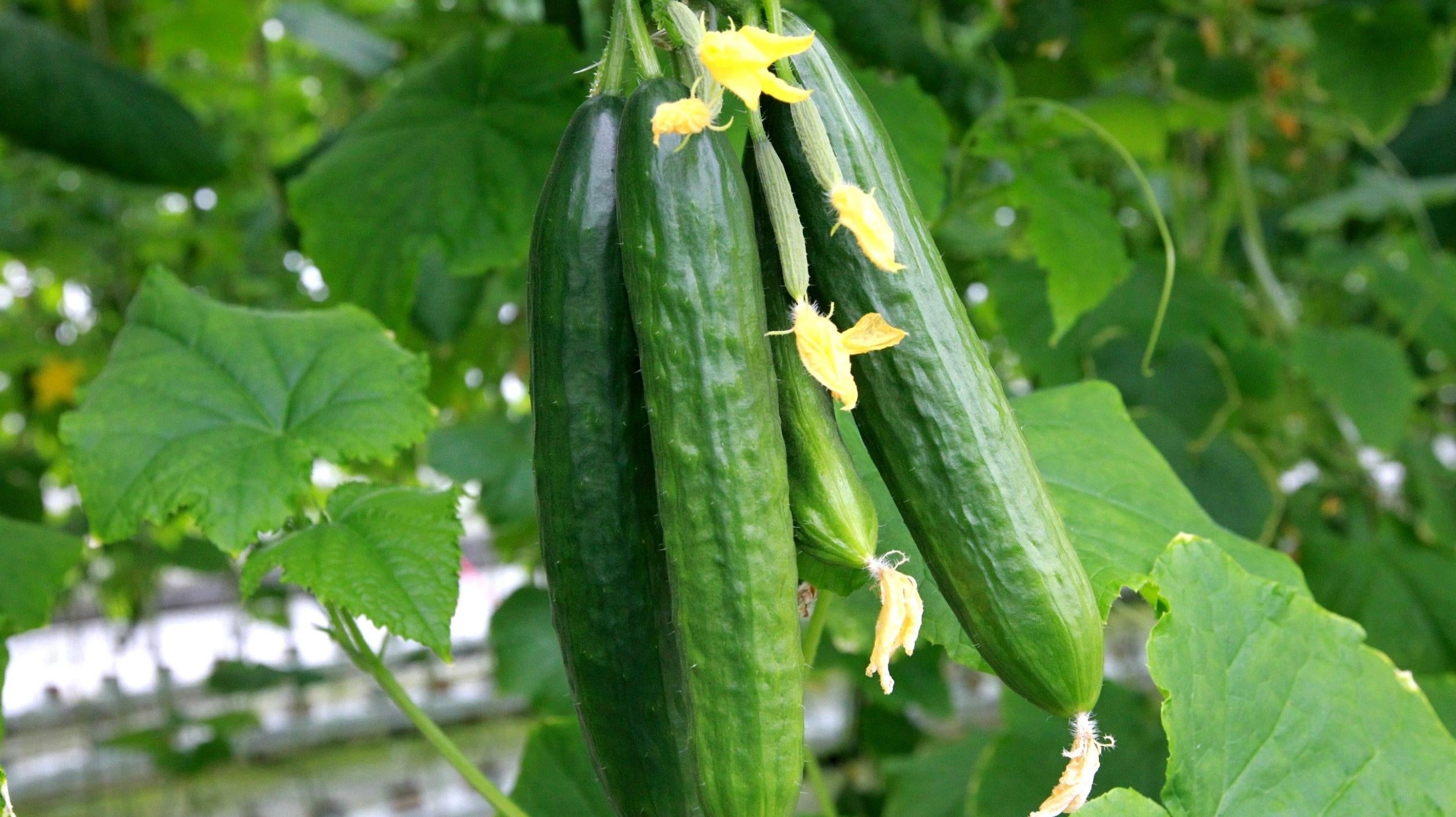
Planted in June in full sun, a single cucumber plant will produce a ton of cucumbers for you, so be judicious. Choose a bush variety that doesn’t require support for an easier time of it, and don’t worry too much about the temperature — cucumbers tend to be cool-tolerant. They need pollinators to thrive, so having some flowers to attract bees and other insects will help your cucumbers grow. Plant after the last frost, water well, and in about two to three months you’ll be able to start snipping some delicious cucumbers for your salads, pickling jars, and recipes.
Broccoli
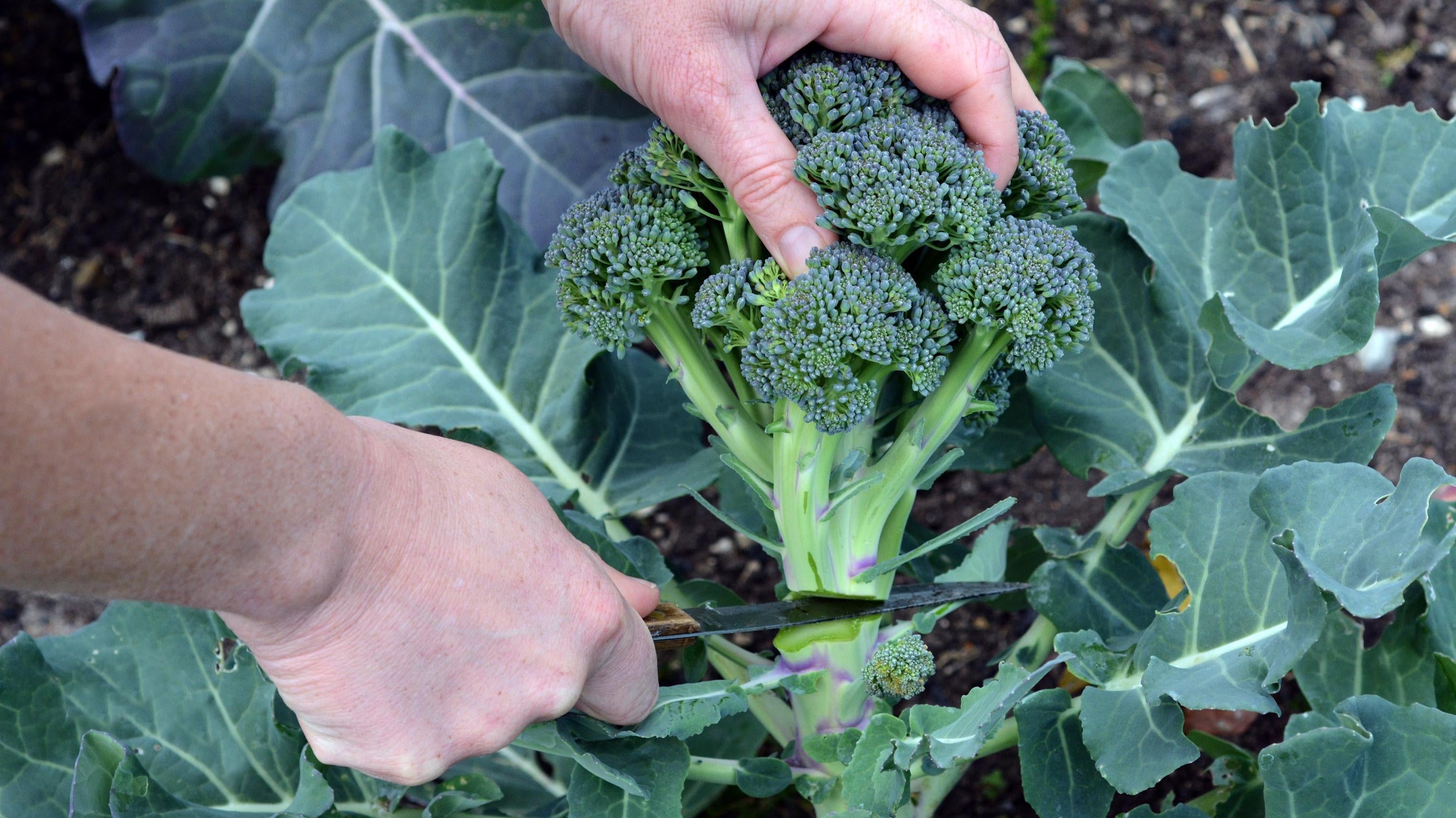
Broccoli does best in cooler climates; heat tends to make it unhappy. Plant early in the spring to give it time in the cooler weather to mature, and choose a full-sun spot. Then water regularly. Broccoli isn’t a fast crop — it can take a little more than three months to see full results. But at that point, you can begin to harvest your flowers when they’re a nice, deep green colour, not yellow or pale, and start adding fresh broccoli to your dinners and summer salads.
Eggplant
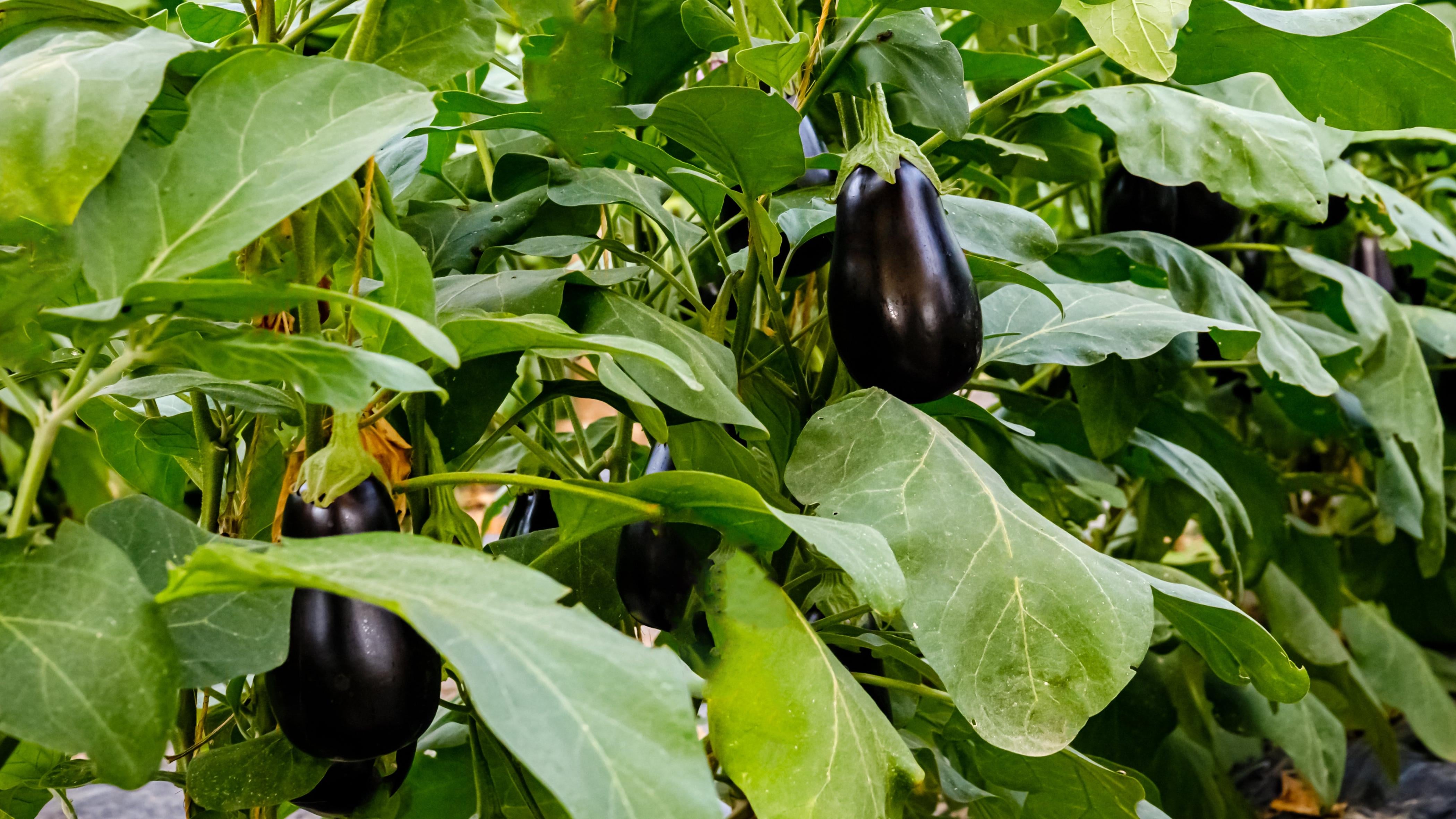
Eggplant likes warm weather, so if you’re in a cool, damp location it might not be perfect for your garden. If you expect a few months of temperatures above 25, you’re good to go. Start eggplant from seed indoors about eight weeks before the last frost or buy seedlings from your local supplier. Once the last frost has passed, transfer your eggplant to the garden in a full-sun location and water generously — the more water, the bigger your crops will be. About two to three months later, you’ll have gorgeous eggplant bulbs to harvest — and you should harvest them as soon as they look ripe, with a deep, glossy colour.
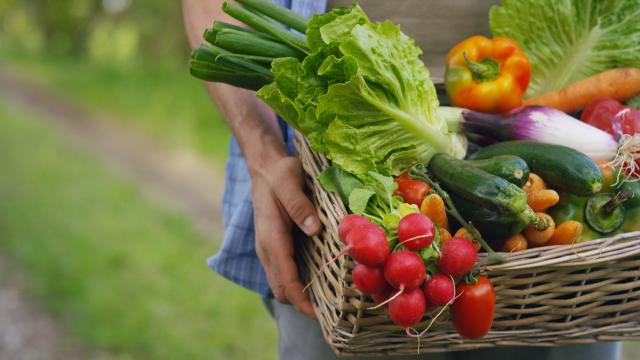
Leave a Reply
You must be logged in to post a comment.